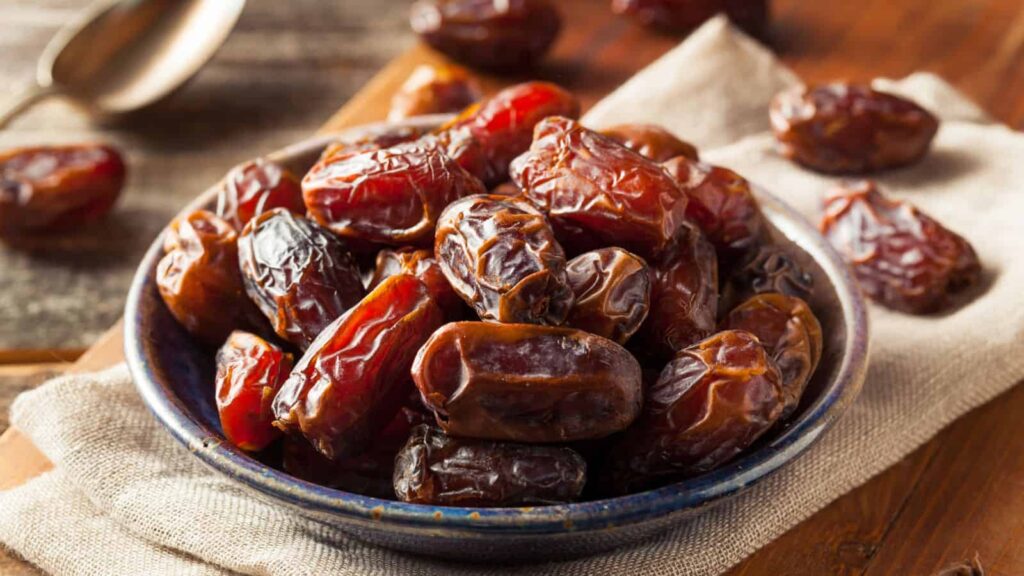Food is a recurring theme in the Bible, offering a glimpse into the daily lives and spiritual practices of ancient times. Many of these foods are still enjoyed by millions today, connecting us to a tradition that spans millennia. Curious about what ancient delicacies grace your modern table? Here are 17 foods mentioned in the Bible that you likely eat on a regular basis.
Apples

The Song of Solomon notably mentions this fruit several times, which millions consume daily. The apple is also famously known as the forbidden fruit that Adam and Eve eat in the Garden of Eden. However, as NPR notes, Genesis does not specify it is an apple, referring to it as “the fruit.”
Almonds

Almonds are tree nuts rich in vitamins, minerals, antioxidants, and healthy fats. Bible Study Tools points to the multiple appearances of almonds in Jeremiah 1:11, Genesis 43:11, Numbers 17:8, and Hebrews 9:4, among others. Almond trees were abundant in the region then and still are today.
Barley
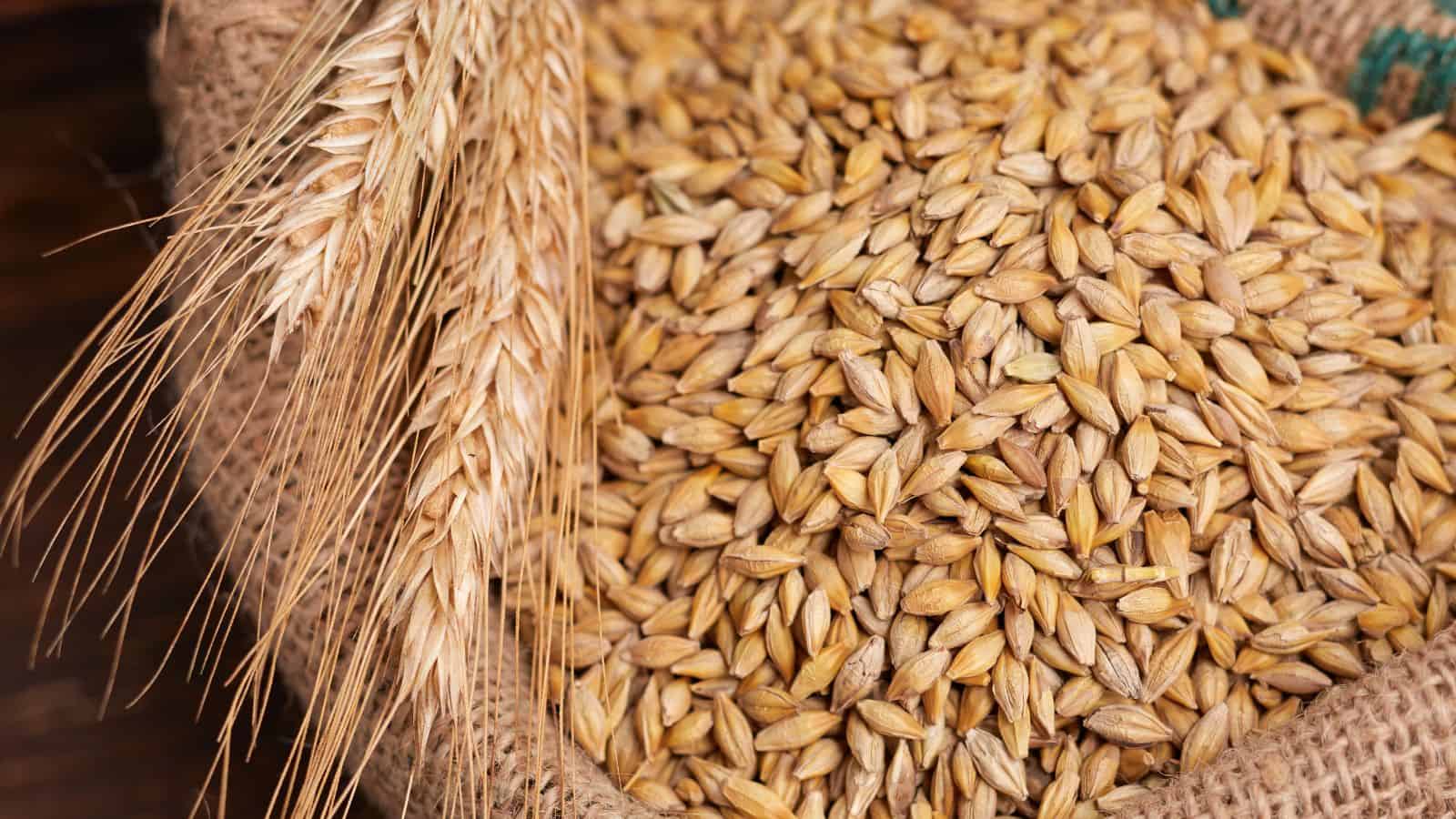
This cereal grain was first domesticated around 9000 BC, and today, it is one of the most widely produced grains used in animal feed, beer, bread, and whiskey. The Biblical Nutritionist notes that in the “Holman Christian Standard Bible, we see barley mentioned 37 times.”
Garlic

Humans have used garlic for millennia as a food flavoring and traditional medicine; millions of metric tons of it are produced annually. Garlic is mentioned in Numbers 11:5 alongside leeks and onions.
Grapes

Grapes have been cultivated for 8,000 years, eaten fresh or dried as currants, raisins, and sultanas, and used in winemaking. In Numbers 13:23, grapes are discovered in Israel and are mentioned as a staple food in Deuteronomy 8:8.
Beans

Beans are the seeds of several plants and can be boiled, fried, and baked. They are a staple in cuisines throughout the world. Knowing Jesus points to two significant verses about beans, 2 Samuel 17:28 and Ezekiel 4:9.
Bread

Bread is an important Christian symbol, prominently featured in the Lord’s Prayer. Alimentarium notes that “in Christianity, it became one of the most important symbols… a divine gift, a symbol of generosity and sharing.”
Coriander
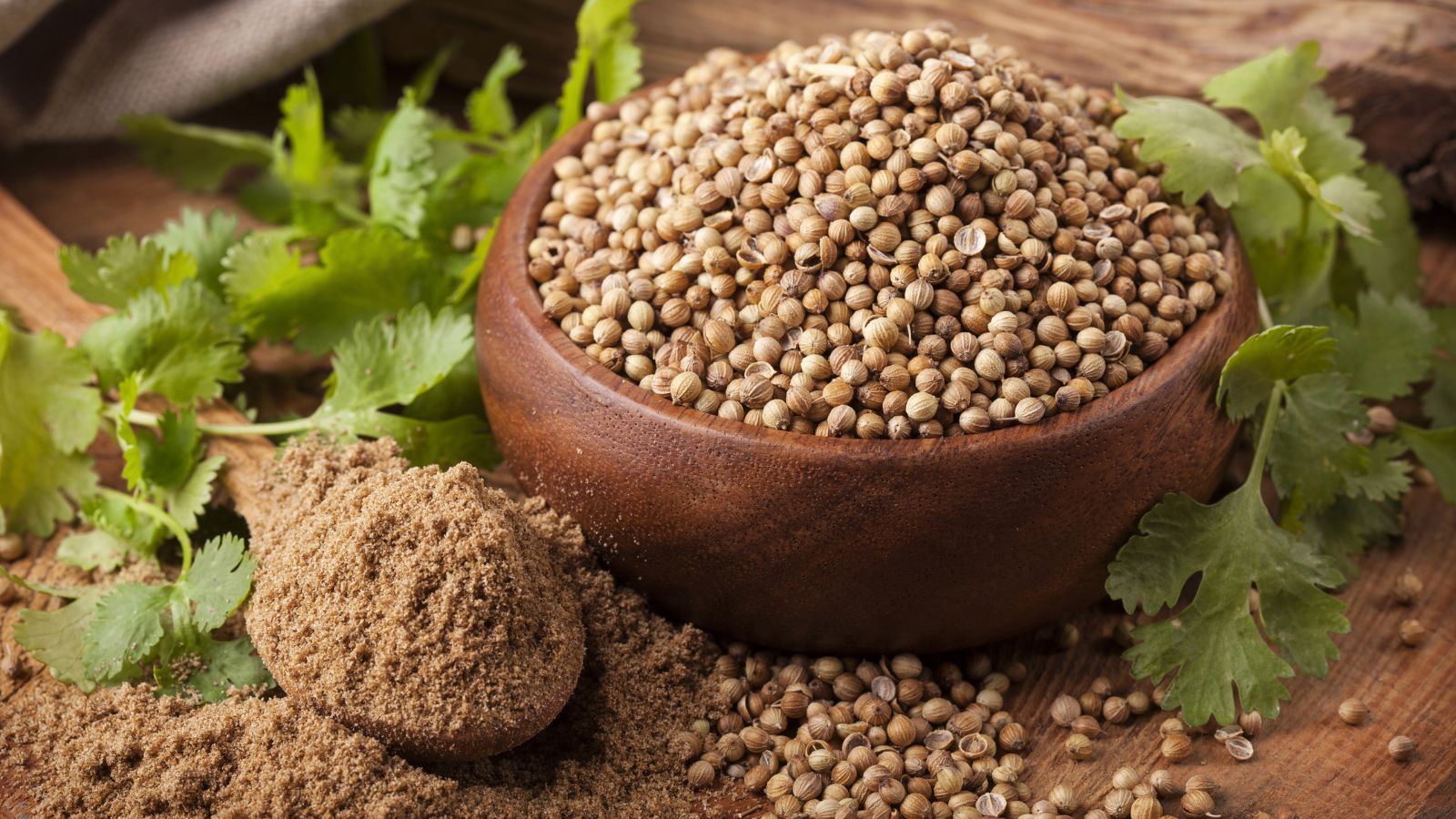
Coriander is a fragrant herb that is rich in antioxidants and is often used in Indian and Middle Eastern meals. The herb is mentioned in Exodus 16:31, where bread manna is described as “white like coriander seed.”
Cucumbers
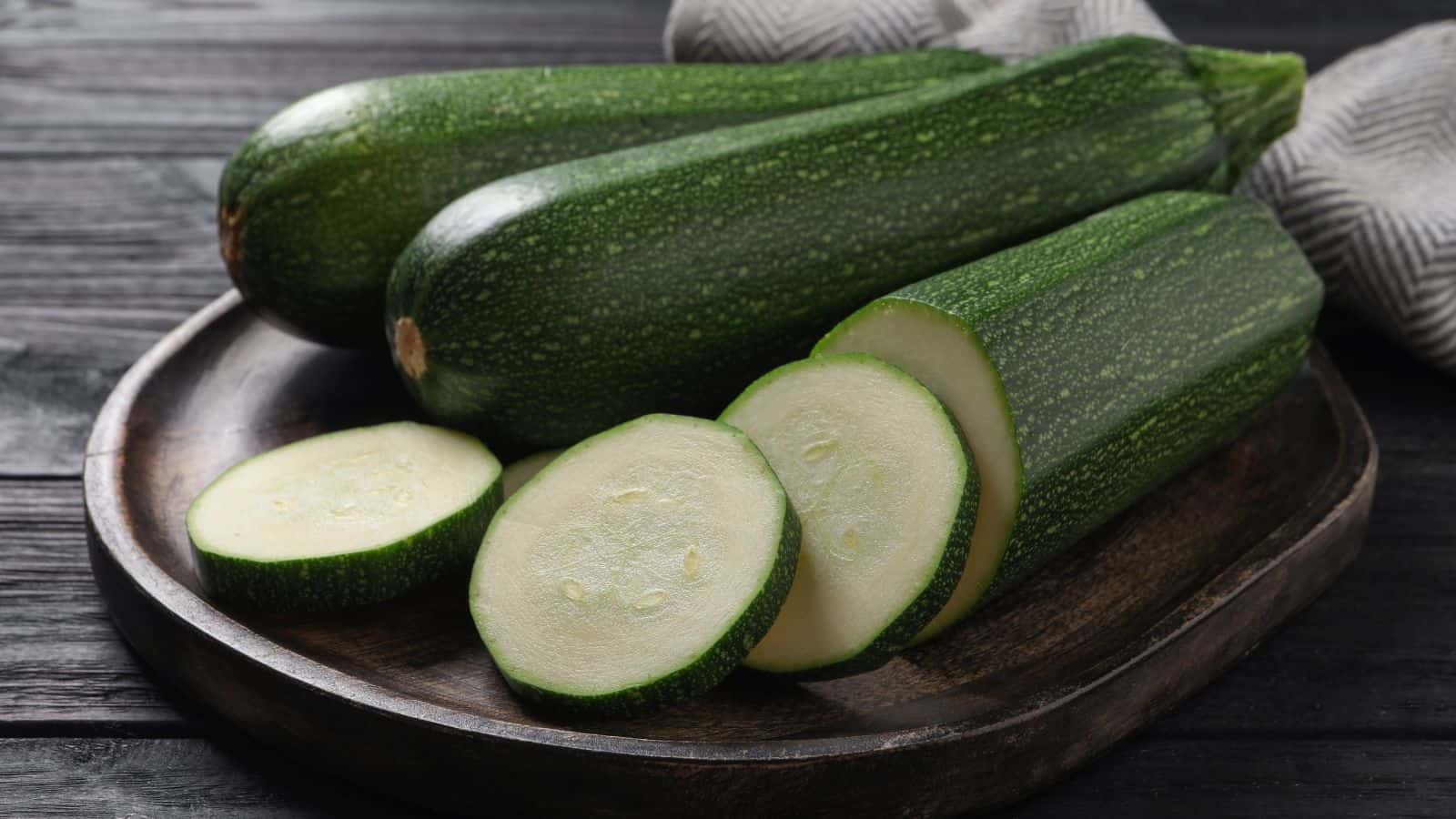
Evangelical Focus argues that biblical references to cucumbers are likely the Armenian cucumber, which tastes like a cucumber but is actually a variety of the true melon. The cucumber is mentioned in Isaiah 1:8 and Numbers 11:5.
Dates

Dates are a sweet fruit, often consumed dried and widely cultivated in northern Africa and the Middle East. A “cake of dates” is mentioned in 2 Samuel 6:19, and Bible Gateway notes, “long-lasting dried dates were handy to carry on long camel journeys across the deserts.”
Fish

Fish features prominently in the Bible. Fort Hill United Methodist Church points out that they are mentioned on the fifth and sixth days of creation and that Jesus later miraculously multiplied fish and bread to feed the hungry.
Honey

The Gospel Coalition argues that “honey represents God’s gifts and grace,” noting that it is first encountered in the Bible as a gift. It is used as a gift to gain favor several times in the Bible, from Jacob to Joseph and from Israel to God.
Lentils

Lentils are pulse seeds rich in fiber, protein, and vitamins. Bible Study Tools notes that in Genesis 25:34, “the red pottage which Jacob prepared and for which Esau sold his birthright was made from them.”
Milk
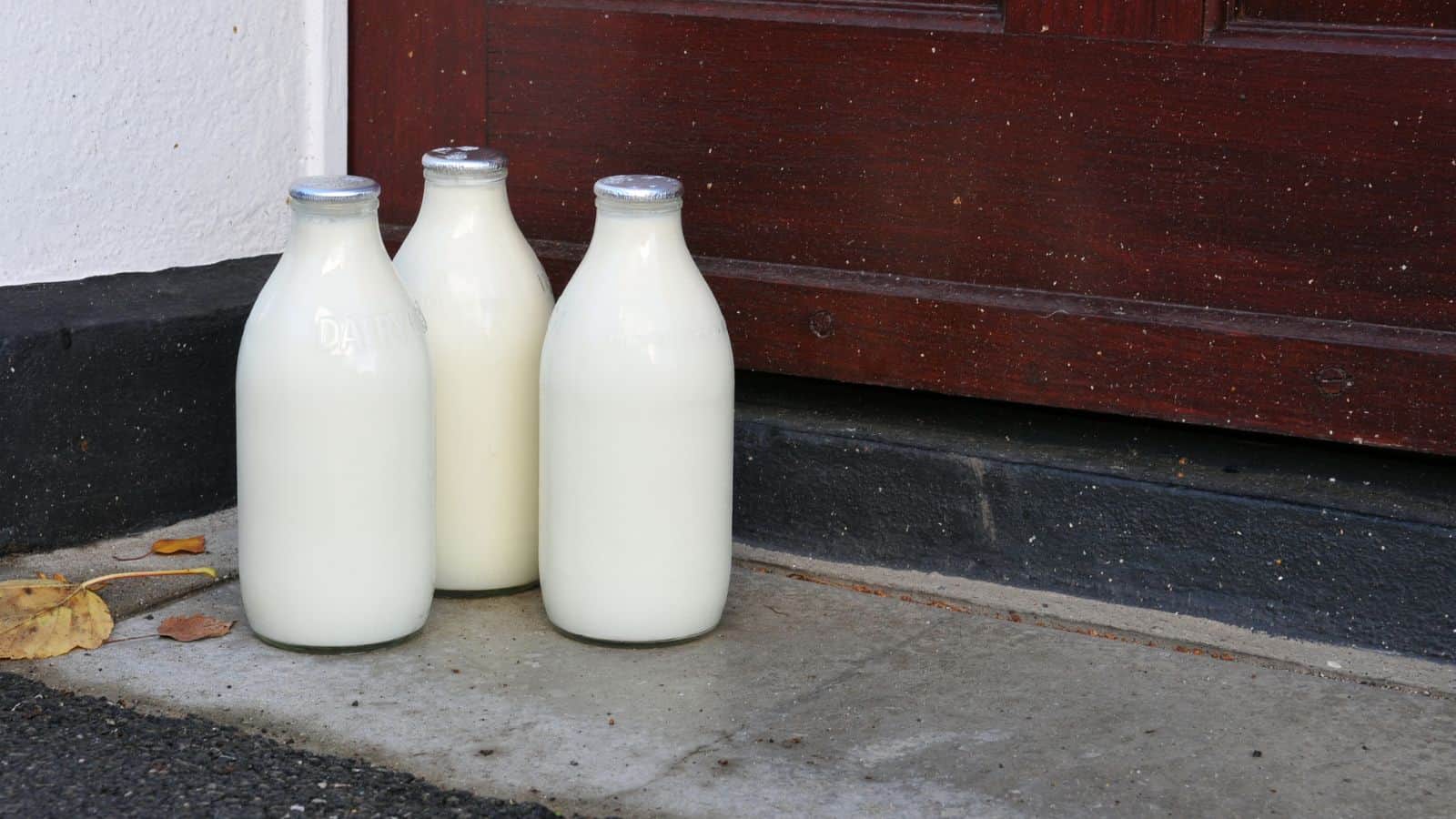
Milk frequently appears in the Bible, from humans as well as animals. Palestine is described multiple times as “flowing with milk and honey” in Exodus 3:8, 17, Deuteronomy 6:3, Numbers 13:27, and Ezekiel 20:6, 15.
Mustard
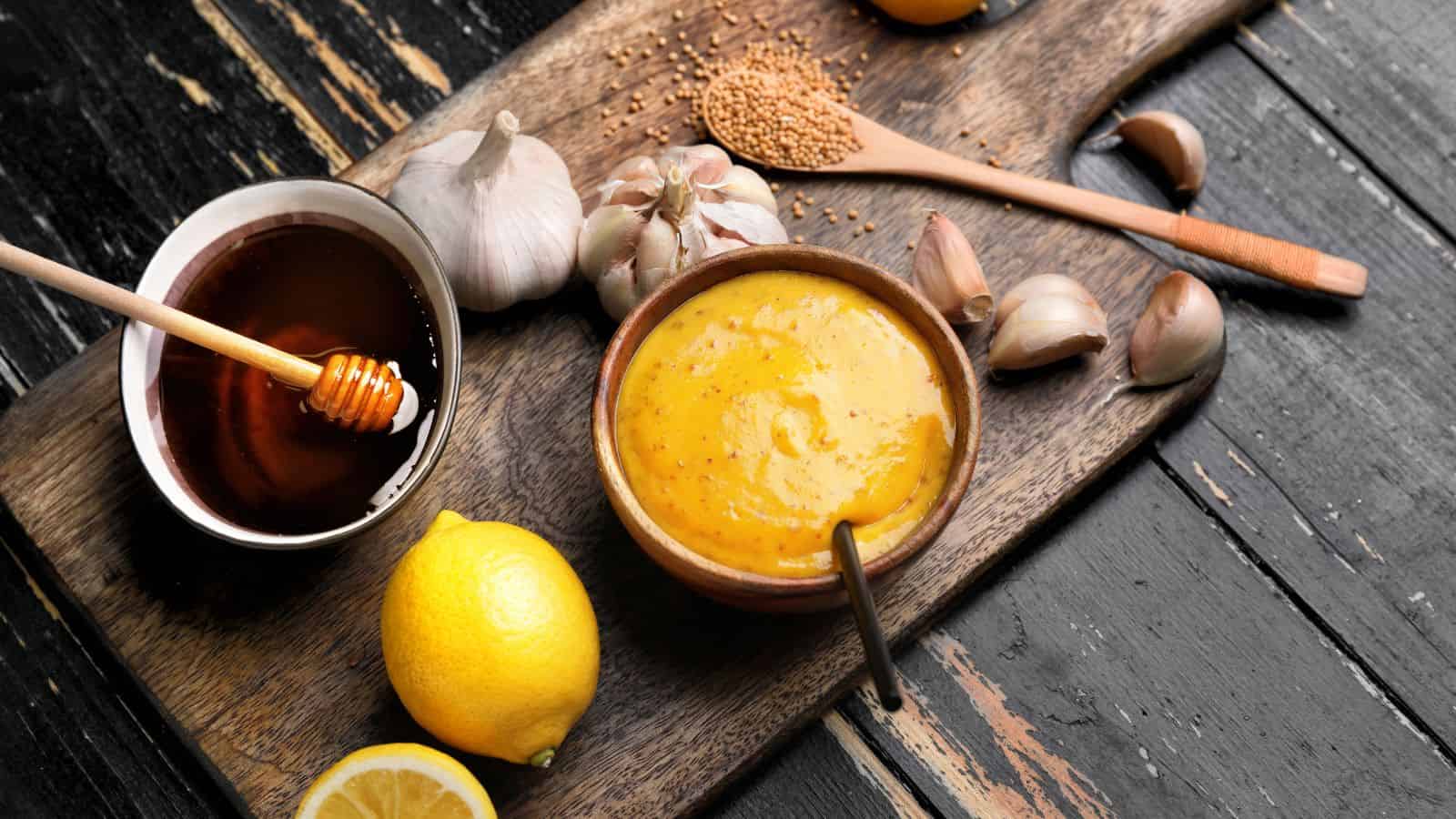
Mustard is a condiment enjoyed in sandwiches, burgers, and hot dogs nationwide. CEPAD points to Matthew 13:31–21, where heaven is compared to a mustard seed, growing into a tree “so that the birds come and perch in its branches.”
Olives

Olive fruits are grown in the Mediterranean and are loved by millions of Americans for their salty taste. Olyvenbosch notes that “in Biblical times, olives were an important part of the diet of God’s people,” used for their oil and in cakes.
Eggs

Britannica notes that Easter eggs have been decorated in both Eastern Orthodox and Western churches since the Middle Ages. It says that the egg is a symbol of Jesus’s Resurrection: “Just as Jesus rose from the tomb, the egg symbolized new life emerging from the eggshell.” Eggs are also mentioned in Luke 11:11–13.

